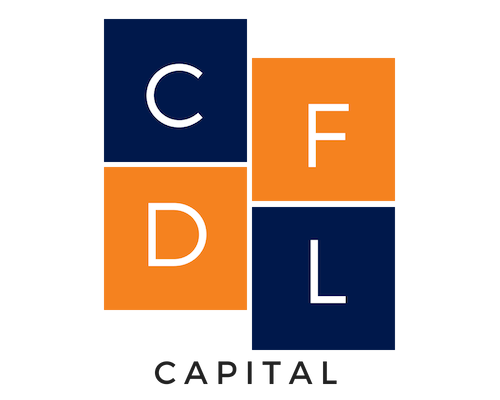Inflation has been the hot topic of the past year. Yet, back in April 2020, when the government’s money-printing machines kicked into high gear, few were discussing its long-term effects. Basic economics tells us that as more money enters circulation, its purchasing power declines proportionally.
At Servio, we’ve been actively investing in real estate since the start of the pandemic. While the fundamentals of real estate remain unchanged, our approach to underwriting and acquisitions has evolved. The economic landscape is shifting daily, and staying ahead requires adaptation.
1. Inflation and Real Estate: A Natural Hedge
The concept of inflation is straightforward, but effective strategies for navigating it are often overlooked. When the cost of goods and services rises, the best way to protect wealth is by owning fixed assets like real estate. Holding cash erodes purchasing power over time, whereas investing in hard assets—such as real estate, precious metals, bonds, and art—preserves and often enhances value.
The best type of real estate to own during inflationary periods? Cash-flowing assets. As inflation drives up rents and property values, the amount owed on fixed-rate debt remains unchanged. This creates a powerful advantage—equity growth through rising prices without an increasing debt burden. It’s a hidden benefit of inflation and one of the strongest arguments for real estate investing in today’s climate.
2. Rising Interest Rates: A Challenge and an Opportunity
To combat inflation, the Federal Reserve has responded with higher interest rates. While this approach will eventually slow inflation, the timeline remains uncertain. In the meantime, real estate investors must prioritize debt management when structuring new deals.
Key strategies for navigating higher rates:
- Fixed-rate debt: Locking in a predictable loan payment provides stability in an uncertain rate environment.
- Rate caps and insurance: For floating-rate debt, securing interest rate protection is crucial.
- Stress-testing deals: Underwriting should account for worst-case scenarios—at Servio, we model floating-rate loans with a 4–5% increase to assess potential cash flow impacts.
- Sufficient reserves: If rates climb beyond expectations, having cash reserves to cover shortfalls is essential.
Rising rates shouldn’t be viewed with fear; they should be seen as an opportunity—an opportunity to negotiate better deals, buy at a discount, and leverage creative financing structures with sellers.
3. Habitational Real Estate: The Golden Ticket
The demand for housing isn’t going away. While office and retail sectors face uncertainty in a shifting work and shopping landscape, residential real estate remains a necessity. People will always need places to live.
Millennial-driven demand for housing has yet to peak, and demographic trends support continued growth in this sector. As demand pushes rents and property values higher, habitational real estate—apartments, condos, hotels, vacation homes—remains one of the safest and most profitable investment avenues.
At Servio, we focus on:
- Apartments
- Apartment-to-condo conversions
- Adaptive reuse projects
These strategies allow us to capitalize on strong, long-term demand while mitigating risk in a changing market.
Final Thoughts: Stay Local, Stay Smart
Investors have countless options for deploying capital, but real estate has consistently proven to be a resilient asset class. While supply, demand, and currency values fluctuate daily, real estate remains local. Every market has unique tenant bases, pricing dynamics, and operating costs.
The key to success? Master the microeconomics of your target market while staying informed on macroeconomic trends. Great deals still exist in this environment—you just need to approach them with a clear understanding of risks and opportunities.



Recent Comments